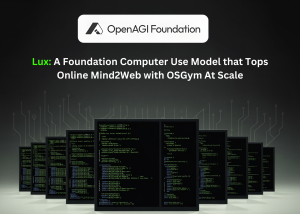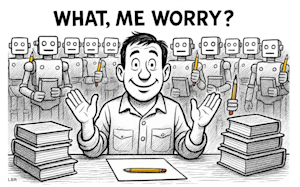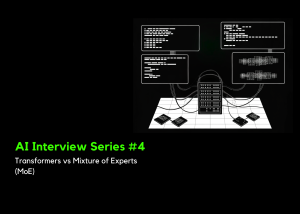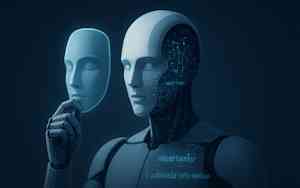Nvidia advances robot learning and humanoid development with AI and simulation tools
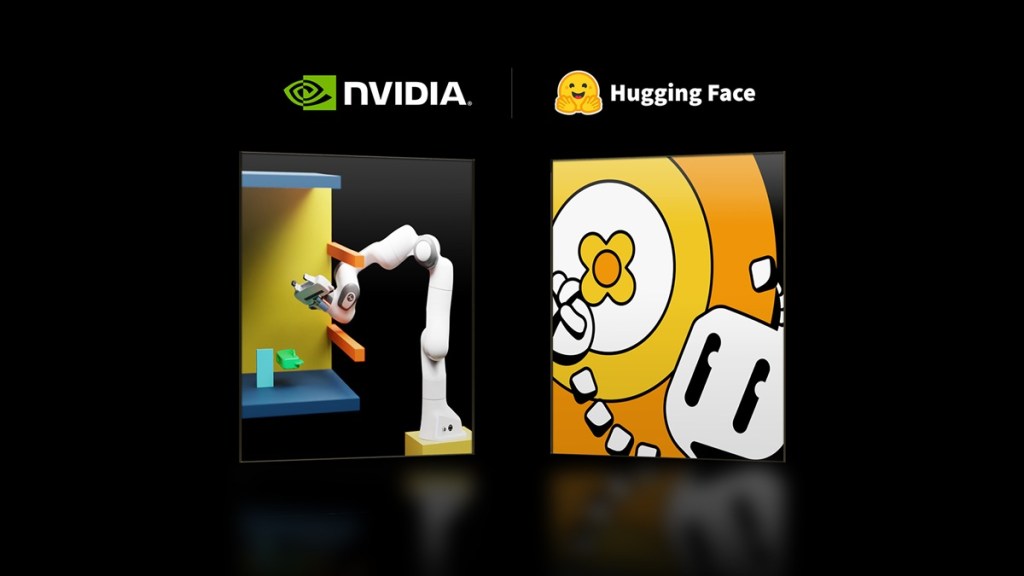
Join our daily and weekly newsletters for the latest updates and exclusive content on industry-leading AI coverage. Learn More
Nvidia revealed new AI and simulation tools that will advance robot learning and humanoid development.
The world’s biggest tech company by valuation (worth $3.432 trillion) said that the tools will enable robotics developers to greatly accelerate their work on AI-enabled robots, with tools revealed this week at the Conference for Robot Learning (CoRL) in Munich, Germany.
The lineup includes the general availability of the Nvidia Isaac Lab robot learning framework; six new humanoid robot learning workflows for Project GR00T, an initiative to accelerate humanoid robot development; and new world-model development tools for video data curation and processing, including the Nvidia Cosmos tokenizer and Nvidia NeMo Curator for video processing.
The open-source Cosmos tokenizer provides robotics developers superior visual tokenization by breaking down images and videos into high-quality tokens with exceptionally high compression rates. It runs up to 12 times faster than current tokenizers, while NeMo Curator provides video processing curation up to seven times faster than unoptimized pipelines.
Also timed with CoRL, Nvidia released 23 papers and presented nine workshops related to robot learning, and also released training and workflow guides for developers. Further, Hugging Face and Nvidia announced they’re collaborating to accelerate open-source robotics research with LeRobot, Nvidia Isaac Lab and Nvidia Jetson for the developer community.
Accelerating robot development with Isaac Lab
Nvidia Isaac Lab is an open-source, robot learning framework built on Nvidia Omniverse, a platform for developing OpenUSD applications for industrial digitalization and physical AI simulation.
Developers can use Isaac Lab to train robot policies at scale. This open-source unified robot learning framework applies to any embodiment — from humanoids to quadrupeds and collaborative robots — to handle increasingly complex movements and interactions.
Leading commercial robot makers, robotics application developers, and robotics research entities around the world are adopting Isaac Lab, including 1X, Agility Robotics, The AI Institute, Berkeley Humanoid, Boston Dynamics, Field AI, Fourier, Galbot, Mentee Robotics, Skild AI, Swiss-Mile, Unitree Robotics, and Xpeng Robotics.
Project GR00T: Foundations for general-purpose humanoid robots
The humanoids are coming. Building advanced humanoids is extremely difficult, demanding multilayer technological and interdisciplinary approaches to make the robots perceive, move and learn skills effectively for human-robot and robot-environment interactions.
Project GR00T is an initiative to develop accelerated libraries, foundation models and data pipelines to accelerate the global humanoid robot developer ecosystem.
Six new Project GR00T workflows provide humanoid developers with blueprints to realize the most challenging humanoid robot capabilities. They include things such as GR00T-Gen for building generative AI-powered, OpenUSD-based 3D environments and more.
“Humanoid robots are the next wave of embodied AI,” said Jim Fan, senior research manager of embodied AI at Nvidia, in a statement. “Nvidia research and engineering teams are collaborating across the company and our developer ecosystem to build Project GR00T to help advance the progress and development of global humanoid robot developers.”
Today, robot developers are building world models — AI representations of the world that can predict how objects and environments respond to a robot’s actions. Building these world models is incredibly compute- and data-intensive with models requiring thousands of hours of real-world, curated image or video data.
Nvidia Cosmos tokenizers provide efficient, high-quality encoding and decoding to simplify the development of these world models. They set a new standard of minimal distortion and temporal instability, enabling high-quality video and image reconstructions.
Providing high-quality compression and up to 12 times faster visual reconstruction, the Cosmos tokenizer paves the path for scalable, robust and efficient development of generative applications across a broad spectrum of visual domains.
1X, a humanoid robot company, has updated the 1X World Model Challenge dataset to use the Cosmos tokenizer.
“Nvidia Cosmos tokenizer achieves really high temporal and spatial compression of our data while still retaining visual fidelity,” said Eric Jang, vice president of AI at 1X Technologies, in a statement. “This allows us to train world models with long horizon video generation in an even more compute-efficient manner.”
Other humanoid and general purpose robot developers including Xpeng Robotics and Hillbot are developing with the Nvidia Cosmos tokenizer to manage high-resolution images and videos.
NeMo Curator
NeMo Curator now includes a video processing pipeline. This enables robot developers to improve their world-model accuracy processing large-scale text, image and video data.
Curating video data poses challenges due to its massive size, requiring scalable pipelines and efficient orchestration for load balancing across GPUs. Additionally, models for filtering, captioning and embedding need optimization to maximize throughput.
NeMo Curator overcomes these challenges by streamlining data curation with automatic pipeline orchestration, reducing processing time significantly. It supports linear scaling across multi-node multi-GPU systems, efficiently handling over 100 petabytes of data. This simplifies AI development, reduces costs and accelerates time to market.
Availability
Nvidia Isaac Lab 1.2 is available now and is open source on GitHub. Nvidia Cosmos tokenizer is available now on GitHub and Hugging Face. NeMo Curator for video processing will be available at the end of the month.
The new Nvidia Project GR00T workflows are coming soon to help robot companies build humanoid robot capabilities with greater ease.
For researchers and developers learning to use Isaac Lab, new getting started developer guides and tutorials are now available, including an Isaac Gym to Isaac Lab migration guide.




